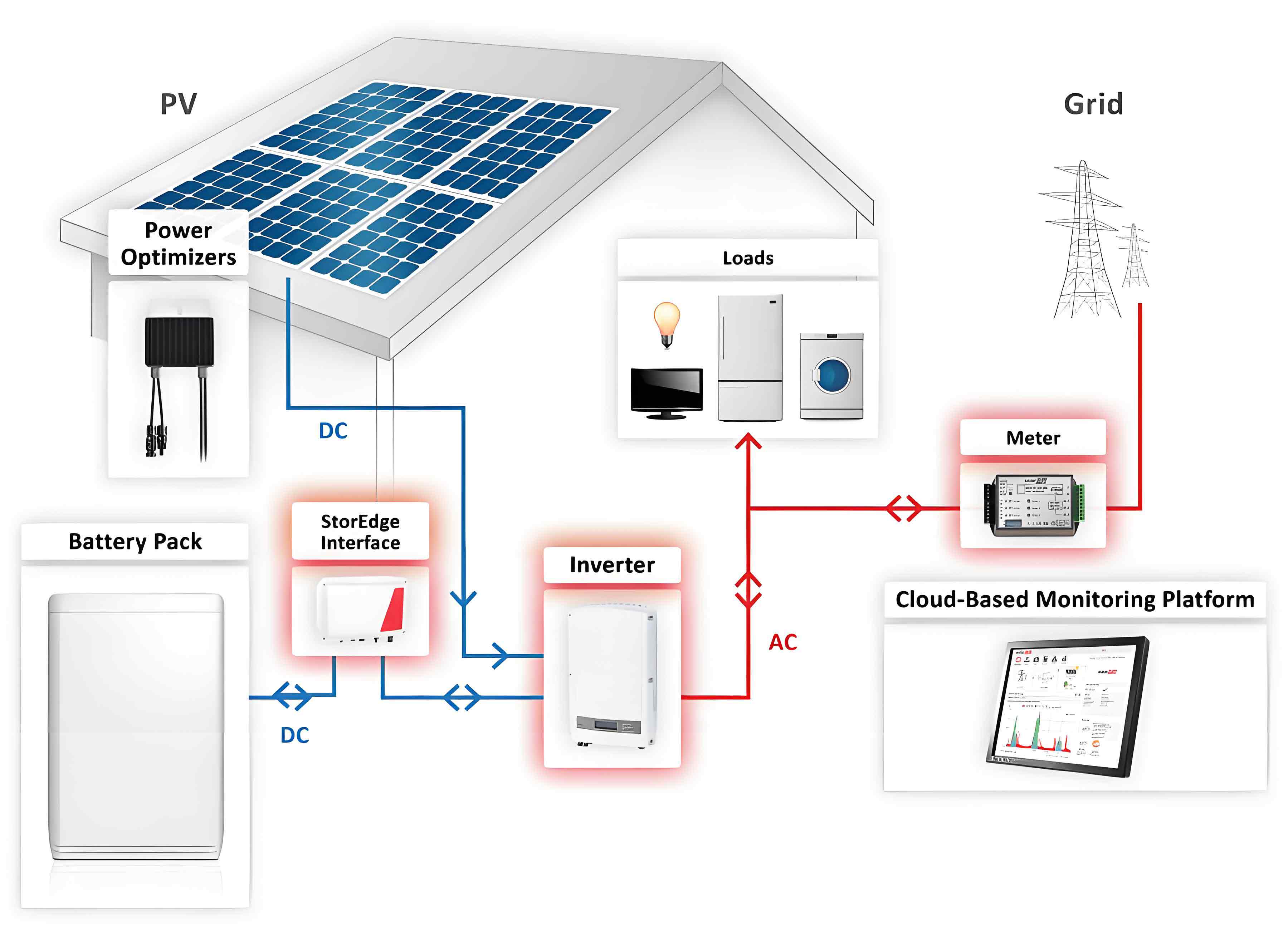
Introduction
Lithium-ion technology has revolutionized the energy storage sector, becoming the leading choice for solar battery storage applications. Its high energy density, long cycle life, and declining costs have made it the preferred solution for residential, commercial, and utility-scale projects. This article explores the latest advancements in lithium-ion technology and their implications for solar battery storage, highlighting the benefits, challenges, and future prospects.
The Rise of Lithium-Ion Batteries
Lithium-ion batteries have become ubiquitous in various applications, from consumer electronics to electric vehicles and renewable energy storage. Their success is attributed to several key advantages:
- High Energy Density: Lithium-ion batteries store more energy per unit weight compared to other battery technologies.
- Long Cycle Life: They offer a longer lifespan, with the ability to endure thousands of charge-discharge cycles.
- Efficiency: High charge and discharge efficiencies minimize energy losses.
- Scalability: Lithium-ion batteries can be scaled up or down to meet different energy storage needs.
Recent Advancements in Lithium-Ion Technology
1. Enhanced Energy Density
Recent research has focused on increasing the energy density of lithium-ion batteries. This involves developing new electrode materials and improving cell design. For instance, silicon-based anodes are being explored as replacements for traditional graphite anodes, offering significantly higher energy capacities.
2. Improved Safety Features
Safety is a critical concern for lithium-ion batteries, especially in large-scale applications. Advances in electrolyte formulations, such as the use of solid-state electrolytes, have enhanced the thermal and chemical stability of these batteries, reducing the risk of thermal runaway and fires.
3. Faster Charging Capabilities
Innovations in battery chemistry and design are enabling faster charging times. Researchers are developing new cathode materials and optimizing battery architectures to allow for rapid charging without compromising battery life or safety.
4. Extended Lifespan
The development of advanced battery management systems (BMS) and improved material stability has extended the lifespan of lithium-ion batteries. These systems monitor and optimize the performance of each cell, ensuring balanced charging and discharging to prolong the battery’s overall life.
5. Cost Reductions
Economies of scale, improved manufacturing processes, and advances in materials science have driven down the cost of lithium-ion batteries. This trend is expected to continue, making solar battery storage systems more affordable and accessible.
Applications in Solar Battery Storage
1. Residential Systems
Residential solar battery storage systems use lithium-ion batteries to store excess energy generated by rooftop solar panels. These systems provide homeowners with energy independence, allowing them to use stored energy during peak demand times or power outages.
2. Commercial and Industrial Applications
Businesses are increasingly adopting lithium-ion-based solar battery storage systems to manage energy costs and enhance resilience. These systems help reduce peak demand charges, provide backup power, and support sustainability goals.
3. Utility-Scale Storage
Utility-scale solar battery storage projects utilize large arrays of lithium-ion batteries to store and dispatch renewable energy. These systems help stabilize the grid, manage supply and demand fluctuations, and integrate higher levels of renewable energy.
Comparative Analysis of Advancements
The following table provides a comparative analysis of the recent advancements in lithium-ion technology and their impact on solar battery storage applications:
| Advancement | Description | Impact on Solar Battery Storage |
|---|---|---|
| Enhanced Energy Density | Development of new electrode materials | Increased storage capacity, reduced system size |
| Improved Safety Features | Solid-state electrolytes, advanced formulations | Reduced risk of thermal runaway, enhanced safety |
| Faster Charging | New cathode materials, optimized architectures | Shorter charging times, improved usability |
| Extended Lifespan | Advanced BMS, stable materials | Longer battery life, reduced replacement costs |
| Cost Reductions | Economies of scale, better manufacturing processes | More affordable systems, wider adoption |
Benefits of Lithium-Ion Technology for Solar Battery Storage
1. Reliability and Efficiency
Lithium-ion batteries offer high reliability and efficiency, making them ideal for solar battery storage. Their ability to store and discharge energy with minimal losses ensures optimal use of generated solar power.
2. Scalability
The scalability of lithium-ion technology allows for its application in systems of various sizes, from small residential setups to large utility-scale projects. This versatility supports the diverse needs of solar energy storage.
3. Environmental Impact
While the production of lithium-ion batteries involves some environmental impact, their use in solar battery storage systems contributes to overall carbon footprint reduction by enabling greater adoption of renewable energy.
Challenges and Considerations
Despite their advantages, lithium-ion batteries face several challenges:
- Resource Availability: The production of lithium-ion batteries requires materials such as lithium, cobalt, and nickel, which have limited availability and can be associated with environmental and ethical concerns.
- Recycling and Disposal: Proper recycling and disposal of lithium-ion batteries are essential to mitigate environmental impacts. Developing efficient recycling methods is crucial for sustainability.
- Safety Concerns: Although advancements have improved safety, lithium-ion batteries can still pose risks if not managed correctly. Continuous innovation is needed to address these issues.
Future Prospects
1. Next-Generation Battery Technologies
Research is ongoing to develop next-generation battery technologies that offer higher energy densities, improved safety, and lower costs. Solid-state batteries, lithium-sulfur batteries, and lithium-air batteries are some promising candidates.
2. Sustainable Materials
Efforts are being made to identify and use more sustainable materials in lithium-ion batteries. This includes sourcing materials responsibly and developing alternative materials that have a lower environmental impact.
3. Integration with Smart Grids
The integration of lithium-ion solar battery storage with smart grid technologies will enhance grid stability and energy management. Smart grids can optimize the use and storage of renewable energy, further promoting sustainability.
Conclusion
Advancements in lithium-ion technology are driving the evolution of solar battery storage applications, offering enhanced energy density, improved safety, faster charging, extended lifespan, and cost reductions. These developments are making solar battery storage systems more reliable, efficient, and accessible, supporting the transition to a sustainable energy future. As research continues and new innovations emerge, lithium-ion technology will play a crucial role in enabling the widespread adoption of renewable energy and achieving global sustainability goals.
